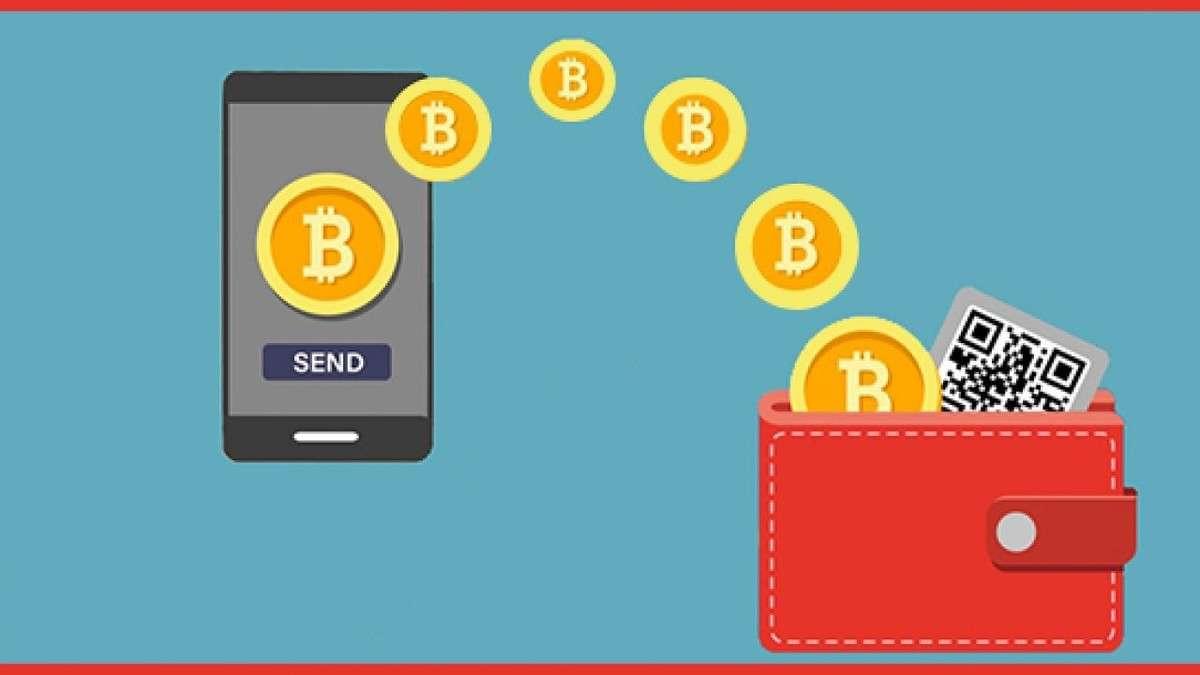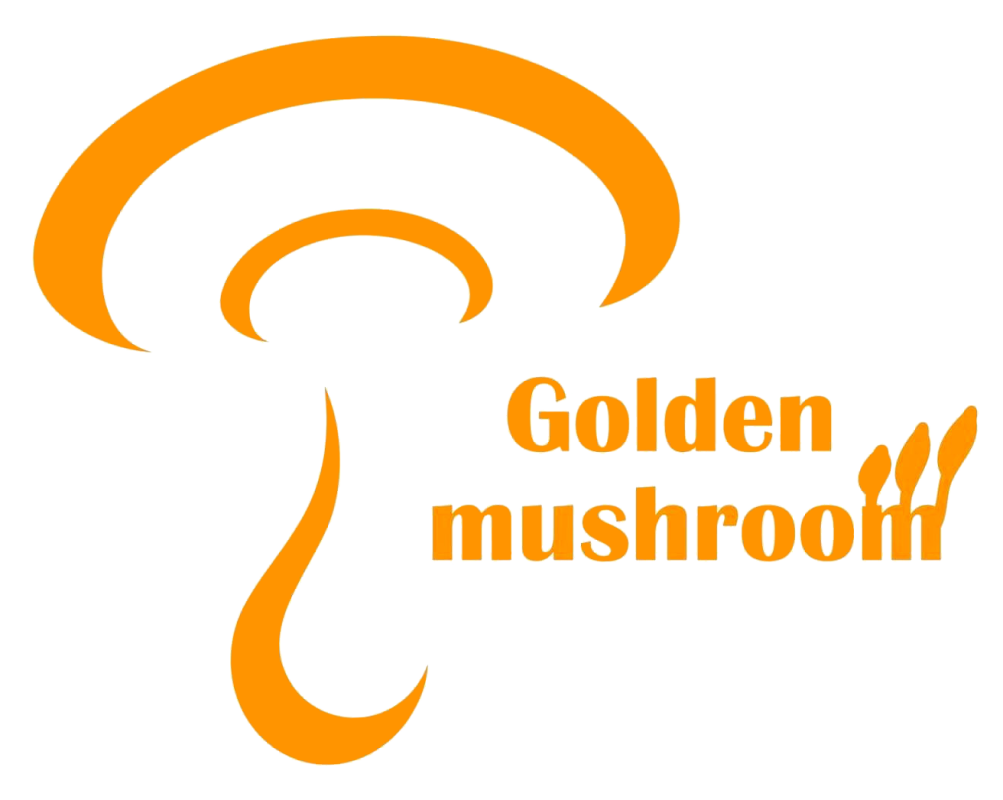Was ist Customer Relationship Management CRM? Definition und Beispiele
Content
CRM technologies can easily become ineffective if there is no proper management, and they are not implemented correctly. The data sets must also be connected, distributed, and organized properly so that the users can access the information that they need quickly and easily. Research studies also show that customers are increasingly becoming dissatisfied https://xcritical.com/ with contact center experiences due to lags and wait times. They also request and demand multiple channels of communication with a company, and these channels must transfer information seamlessly. Therefore, it is increasingly important for companies to deliver a cross-channel customer experience that can be both consistent as well as reliable.

Get Free CRM or learn more about how customer relationship management can help companies of all sizes grow better down below. Generally, cloud-based CRM systems are priced on the number of users who access the system and the kinds of features needed. This can be very cost-effective in terms of capital outlay, and is also extremely flexible — enabling you to scale up and add more people as your business grows. Salesforce is flexible in terms of functionality, too — you’re not paying for any features that are not useful to you.
Details are captured and shared throughout the complete sales cycle. Look for the merging of email marketing, marketing automation and CRM technologies to continue as businesses pursue cost-cutting measures in an effort to streamline operations. Ask yourself what your ideal customer journey looks like as they move through your sales funnel. You may find that there are certain features that you’ll use more than others. Even when a touchpoint doesn’t lead to a sale, the software records every interaction across a range of channels. This frees up your reps from manual data entry and gives them lots of useful content that can be used to personalise future messaging.
Looking for a SaaS CRM that can boost your sales?
That’s when the real work of making new leads and closing new deals begins. When you’re ready to upgrade to a more full-featured CRM, you’ll typically need to spend from around $5 to $100 per user per month, depending on the app and features you choose. That’s why it’s important that you know exactly which features are absolute musts, so you’re not purchasing a bloated product that has more than you need.
And if the ball is dropped at any point along the customer lifecycle, the customer can easily drop you. In the modern technological world, a customer expects a lot more from a company than just a reasonably-priced, high-quality product or service. They want to feel understood, and they want to have an engaging, personalized experience whenever they get in touch with the company or vice versa. A CRM captures and stores every customer’s journey from the start to the very end. By knowing their preferences, you can understand their needs, and by eventually giving them what they need, you get their loyalty in return. You may find that your customers and prospects may start to wander off and that they aren’t satisfied with merely a high-quality service or product.
CDP use cases: From marketing and CRM to the enterprise
CRM systems can also give customer-facing staff members detailed information on customers’ personal information, purchase history, buying preferences and concerns. The concept of customer relationship management started in the early 1970s, when customer satisfaction was evaluated using annual surveys or by front-line asking. At that time, businesses had to rely on standalone mainframe systems to automate sales, but the extent of technology allowed them to categorize customers in spreadsheets and lists. One of the best-known precursors of the modern-day CRM is the Farley File. Developed by Franklin Roosevelt’s campaign manager, James Farley, the Farley File was a comprehensive set of records detailing political and personal facts on people FDR and Farley met or were supposed to meet. Using it, people that FDR met were impressed by his “recall” of facts about their family and what they were doing professionally and politically.
- The third primary aim of CRM systems is to incorporate external stakeholders such as suppliers, vendors, and distributors, and share customer information across groups/departments and organizations.
- A CRM provides your customer’s data, right from the basic contact information to crucial details such as their interests, background, industry to make more informed marketing decisions.
- Investing in a CRM system can feel like a big investment and has a reputation that it is only profitable for large companies.
- The result is maximized customer retention, loyalty and lifetime value.
- These systems collect many different types of customer data and organize it so you understand your customers/prospects better and can answer their questions.
- Even the finance and legal departments should understand how to manage and build relationships with customers.
- Despite the general notion that CRM systems were created for customer-centric businesses, they can also be applied to B2B environments to streamline and improve customer management conditions.
This helps you to grow lasting, more profitable relationships with your customers. A CRM system can help you identify and add new leads easily and quickly, and categorize them accurately. By focusing on the right leads, sales can prioritize the opportunities that will close deals, and marketing can identify leads that need more nurturing and prime them to become quality leads. CRM systems work best when companies spend time cleaning up their existing customer data to eliminate duplicate and incomplete records before they supplement CRM data with external sources of information.
Software
The platform is built on Google Material Design, so you can do all things CRM—such as email tracking, call logs, and contact management—in what looks and feels like G Suite. All this to say that Gmail is probably not going anywhere anytime soon. People appreciate types of crms the platform’s design, efficiency, and emphasis on user experience. Define workflows, manage your leads, and rationalize everyday tasks. Integration with Twitter, Facebook, and Google+ lets you reach out and engage with leads at just the right moment.
Social media, Google Analytics, and sales platform (ex. Salesforce) integrations expand the scope of data collection. CRM integrations with Zoho, Pipedrive, and many others ensure business information from all over can be transmogrified into data-driven intelligence. The platform applies “transforms” to datasets, meaning it takes raw data and applies transformational actions like sorting, filtering, and grouping, as well as summing and making ratioed comparisons.
What features should I look for in a CRM?
This delivers faster resolutions and cuts down customer frustration, thus decreasing churn and boosting conversions. The platform’s prime value is in refining and personalizing your sales cycle and sales pipeline. Tweakable dashboards and productivity and collaborative tools make it easier to bring your team’s personas together into a cohesive, appropriate system.
Analytical CRM tools make your data available, intelligible, and relevant to your business needs. All your heaps of sales data, finance data, and marketing data flow into CRM to become visible metrics, with data warehousing and data mining there to make sense of everything. The net benefit is customer acquisition, customer retention, and better data management.
Of course, the vagaries of business preclude that utopian reality. Still, therearefree platforms out there, and one of them may just be good enough—or at least a good starting point—for your business needs. To get vTiger up and running and implement it successfully, you’ll be needing a hosting account and someone with some technical skills.
Dashboards can also be customised and integrated with other business and sales apps to suit your organisation’s unique needs. Keep exploring the world of customer management systems, global customer relationships, and CRM. Keep in mind that the true power of CRM is in the way you use your data.
What is CRM and why do you need a CRM software?
It handles sales, service, and marketing, with custom module, layout, and relationship development tools that will definitely please your IT department. GPS features allow you to accurately track sales metrics geographically and find useful pinpointed patterns for sales and marketing forecasting. While widely used for sales, customer support, recruitment, and customer service, Streak also counts many customers working in media and creative agencies. That’s because it does a great job of managing partner relationships, making it particularly attractive in industries where collaborators change from project to project.
It's time to #LetThePlatform do the work and allow organizations everywhere to break free of the hassles and headaches of traditional #CRM. @ClareDorrian explains what this means for YOU. https://t.co/zg6L7U0ONu pic.twitter.com/HIMNrtU3NJ
— SugarCRM Developers (@sugarcrmdev) May 6, 2021
In the absence of channels, no communication can take place between a brand and a customer. Brands who set out to implement advanced multichannel CRM Marketing strategies never focus on a single or a couple of channels. These brands hold a wide array of channels at their disposal to ensure they deliver personalized messages to customers using the ideal channel, at the right time, with the right message. CRM Marketing channels are the vehicles CRM marketers use to deliver their messages to their audience. Marketing channels are a significant part of any CRM Marketing solution. They are the arm that carries out the strategy defined by the marketer or orchestrated and mapped by the platform’s AI engine.
CRM for sales, marketing, service, and e-commerce
Customer profiles are automatically generated based on data segmentation. Lead tracking tools allow you to do in-depth, customizable lead scoring via an easily mastered user interface, particularly when paired with a powerful Autopilot integration. Sales force automation rationalizes your workflow by sorting information across channels, generating new data and tasks, notifying you on follow-ups, order processing, and tracking, and all things telephone related. With a Sales CRM, you’ll be able to see where a customer is in the sales cycle, and nurture leads by targeting them with relevant, individualized information.

These systems must be purchased, installed and deployed, monitored, maintained, and upgraded. As a result, they can be costly, involve time-intensive installations and upgrades, and require in-house IT resources for ongoing maintenance. Hence, Customer Relationship Management is a modern technique that has helped the various organizations grow, which is very much clear from the above list of major benefits from CRM. Hence, it is quite recommended to adopt such techniques in every organization. Parvenu uses monday.com as a CRM and has added over 150 automations as part of their successful workflow. We write about CRM Marketing a lot, so you’ll find plenty of insightful resources on our website.
Which business functions need a CRM system?
With an all-in-one SaaS CRM solution, you can manage all-things-sales. The greatness of a SaaS CRM lies in its contact management feature. It helps you access the complete profile of your client from one place. With it, you’ll be able to know where your lead is coming from, track your interactions with them, their progress, and their current status in the sales cycle. Using this up-to-date information, you can effectively personalize your communication, take action, and keep everyone in your team on the same page.
It lets teams offload a lot of manual work and focus on building customer relationships. Customer Relationship Management, also called CRM or customer relationship management, means working actively and structured to improve customer relationships and create long-term relationships. This can mean setting up internal structures for how a company communicates with its customers and to simplify the work, it is common to take support from some form of IT tool such as a CRM system.



